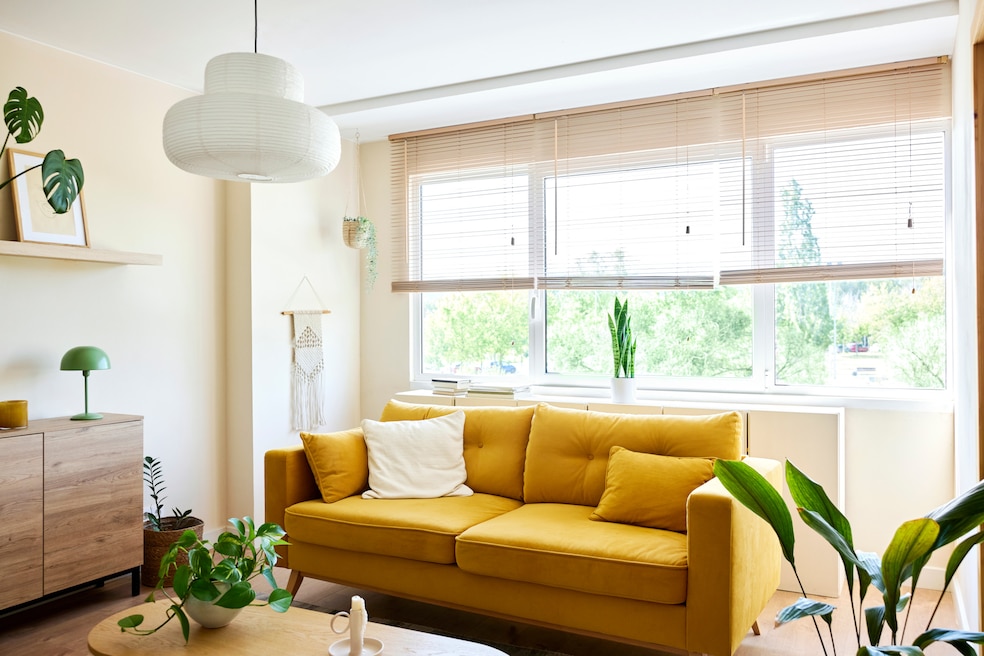Faced with uncertain tariff policies and a sluggish summer housing market, furniture demand was slightly down heading into fall — but some consumers were still spending on luxury home goods.
Compared to a year earlier, new furniture orders dipped 3% in August, according to an October 2025 Furniture Insights report from accounting and consulting firm Smith Leonard. Each month, the firm surveys furniture professionals to gauge the industry’s temperature. Year-to-date, August orders were down only 1%, reflecting furniture shoppers’ alignment with the broader slowdown in retail — a trend shaped by cautious consumer confidence and an uncertain political climate marked by government shutdowns.
Furniture shipments decreased by 6% between August 2024 and August 2025, while backlogs remained flat. Furniture stockpiles, however, increased by 3% from August to August, a possible indication that retailers are adjusting their ordering habits in response to current tariffs.
“Furniture, of course, is many times a discretionary and deferrable expense, so weakness in the overall economy or declines in consumer confidence, like we’ve seen the last few months, can impact consumers’ willingness to spend,” Mark Laferriere, an assurance partner at Smith Leonard and member of its furniture practice group, commented over email. “Furniture purchases are also tied to the overall housing market, which has been sluggish, but could be primed for a resurgence with higher inventory and the ongoing reductions in interest rates.”
Still, he noted that any housing market upswing will take time to trickle into increased demand for furnishings.
In the meantime, some parts of the furniture industry are seeing a sunnier picture. “High-end upholstery, which is generally made domestically and sold to less cost-conscious consumers, has done well as the stock market continues to generate gains,” Laferriere said.
Furniture retailers could also see demand expand in the fall, he noted, as retailers traditionally field more shoppers as the holiday season approaches.
But those August numbers shouldn’t give fall shoppers reason for concern over furniture availability, Laferriere explained. October’s High Point furniture market — a biannual furniture trade show in High Point, North Carolina — was well-attended, he said, with domestic and international producers launching products.
“There will be some impact on pricing as their costs have increased (not only because of tariffs), which ultimately must be passed along to consumers,” he said. “Most ‘domestic’ manufacturers still have some exposure to tariffs, whether that be imported fabric, hardware, or other components; however, the average consumer does not shop for furniture every day or even every year, and many times buying decisions are made upon style or functionality rather than only price.
"Regardless, any increased costs will not be out of line with those experienced in their daily lives.”

